Animation and interactive forms
The story follows the growth of the whale as a timeline, and as time changes, so does the ocean climate. The player then acts as a bystander fish figure following the whale in third person.
The baby whale swims through the ocean, growing in size with each feeding.
When the whale goes to the surface to breathe, the player follows to the surface where he can look out over the sea, showing the process of material exchange as the whale changes its breath through a number of carbon symbols.
Whale defecation. The player can see the phytoplankton bloom after the whale defecates, and can show the photosynthesis of the planktonic algae through some carbon symbols.
As the whale grows, we can include changes in the coral. Over time, the coral bleaches more and more, supporting fewer organisms, and the symbiotic algae can no longer absorb light for the coral.
Whalefall. Whales eventually die, and after a whale fall many marine animals inhabit the area, forming a whale fall circle.
Communication with companions. As a child the whale makes a sound that can beckon many companions to circle around, as a grown up whale the ocean can add the sound of noisy freighters to the mix, and when the whale chirps again, it is unable to summon its companions.
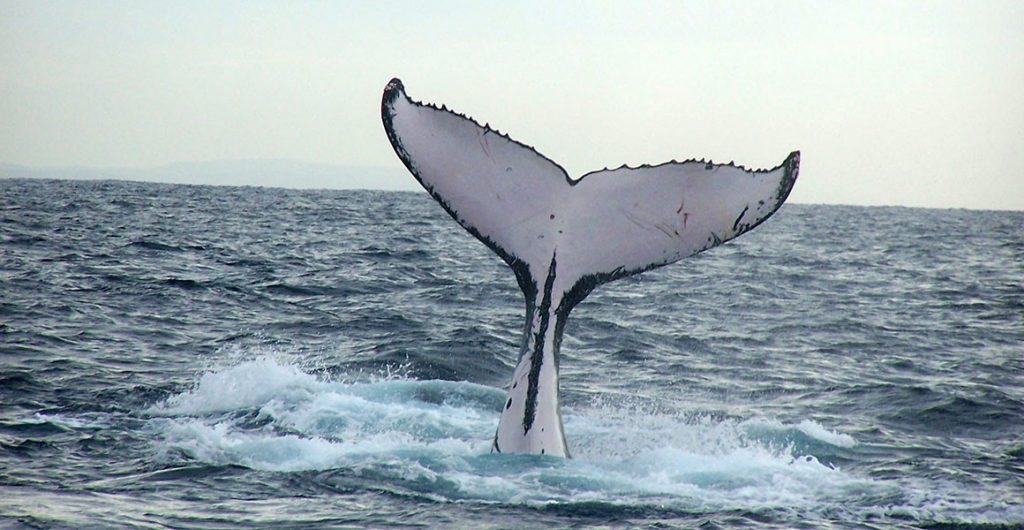
Yet the fascination endures. When Joshua Zeman, documentary film-maker and producer of such series as The Killing Season and Sons of Sam, heard about the whale, he began developing a movie that examined those obsessed with the whale as much as the whale himself.
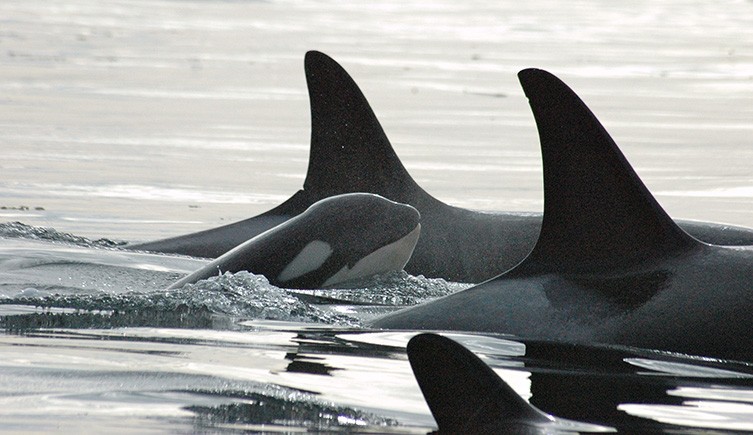
Life in the pod: the social lives of whales | Natural History Museum (nhm.ac.uk)
Reference
1. Cetaceans are important natural reservoirs of carbon, capable of removing carbon dioxide from the atmosphere.
2. On average, each large cetacean can take away and store 33 tonnes of carbon from the atmosphere, which is equivalent to thousands of trees. Moreover, the average lifespan of cetaceans is about 60 years, and some species can even survive for 200 years. During their long life, cetaceans are like giant trees that can swim and store tonnes of carbon in their fat and protein-rich bodies.
3. Whale faeces are rich in iron, which is a natural nutrient for shallow waters and helps the whole ecosystem to transport more carbon dioxide to deeper waters.
4. Whale faeces are also rich in nitrogen, both of which are important elements necessary for the survival of marine planktonic algae, which are found in abundance where cetaceans are active. It is estimated that planktonic algae photosynthesis contributes about 50-85 per cent of global oxygen and absorbs nearly 37 billion tonnes of carbon dioxide, accounting for about 40 per cent of total global carbon emissions.
Concept images
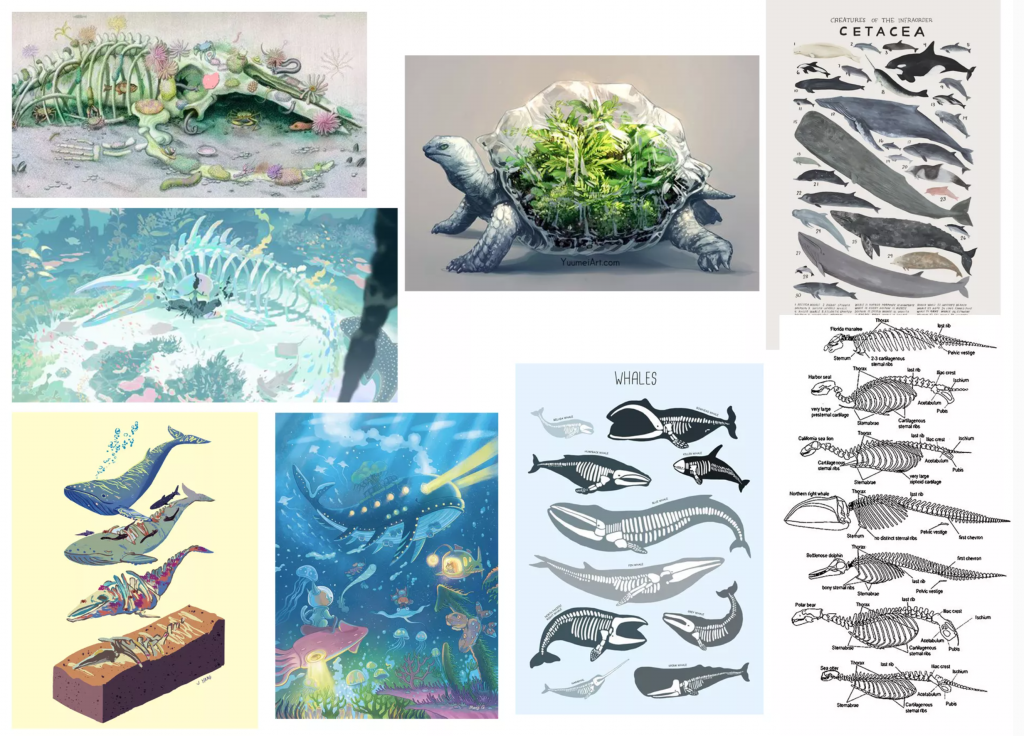
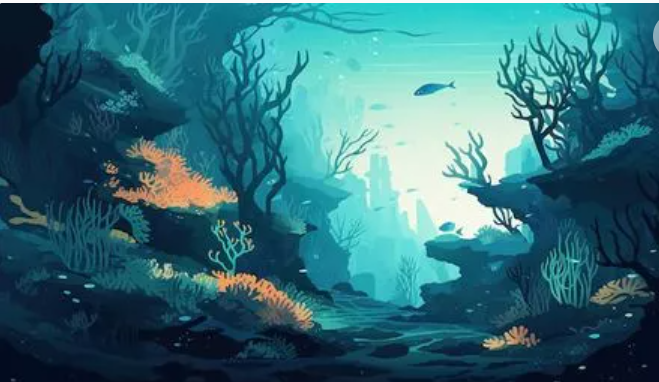
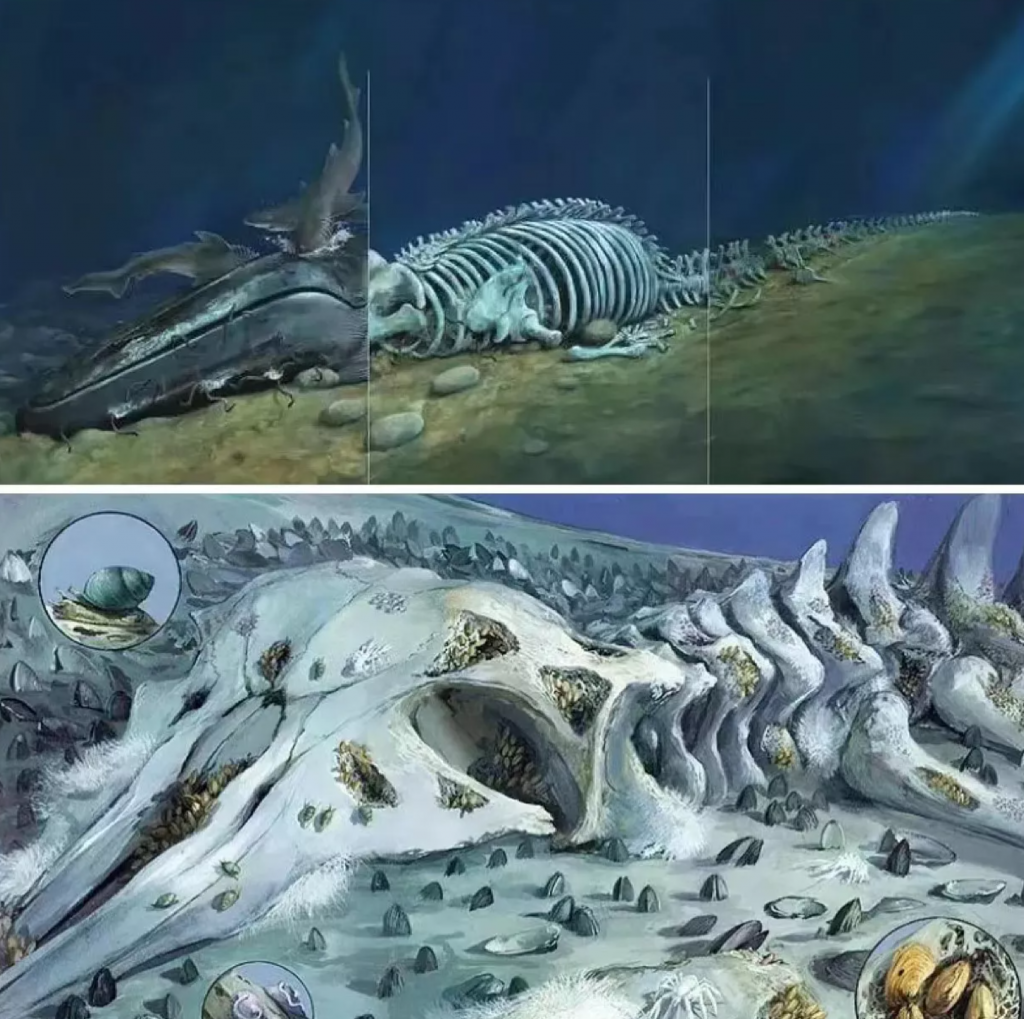
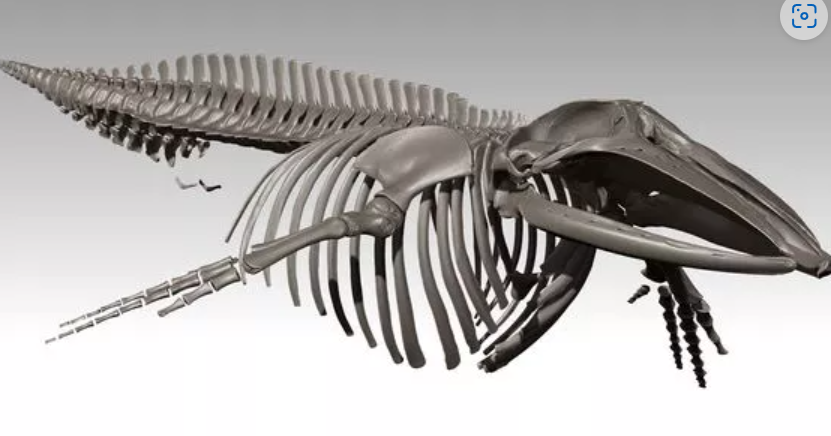
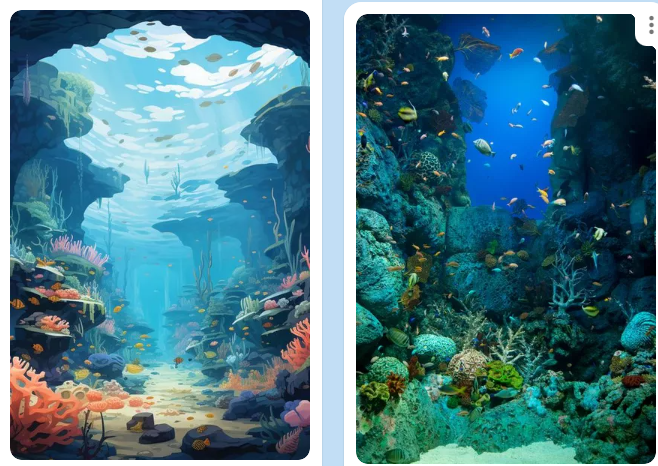
Credits:
Yu Chen -Scene design-MA Visual effects
Ranran Li – Scene design-MA Visual effects
Jie Liu – Model-MA 3D Computer Animation
Minfan Cui – VR-MA Virtual Realit